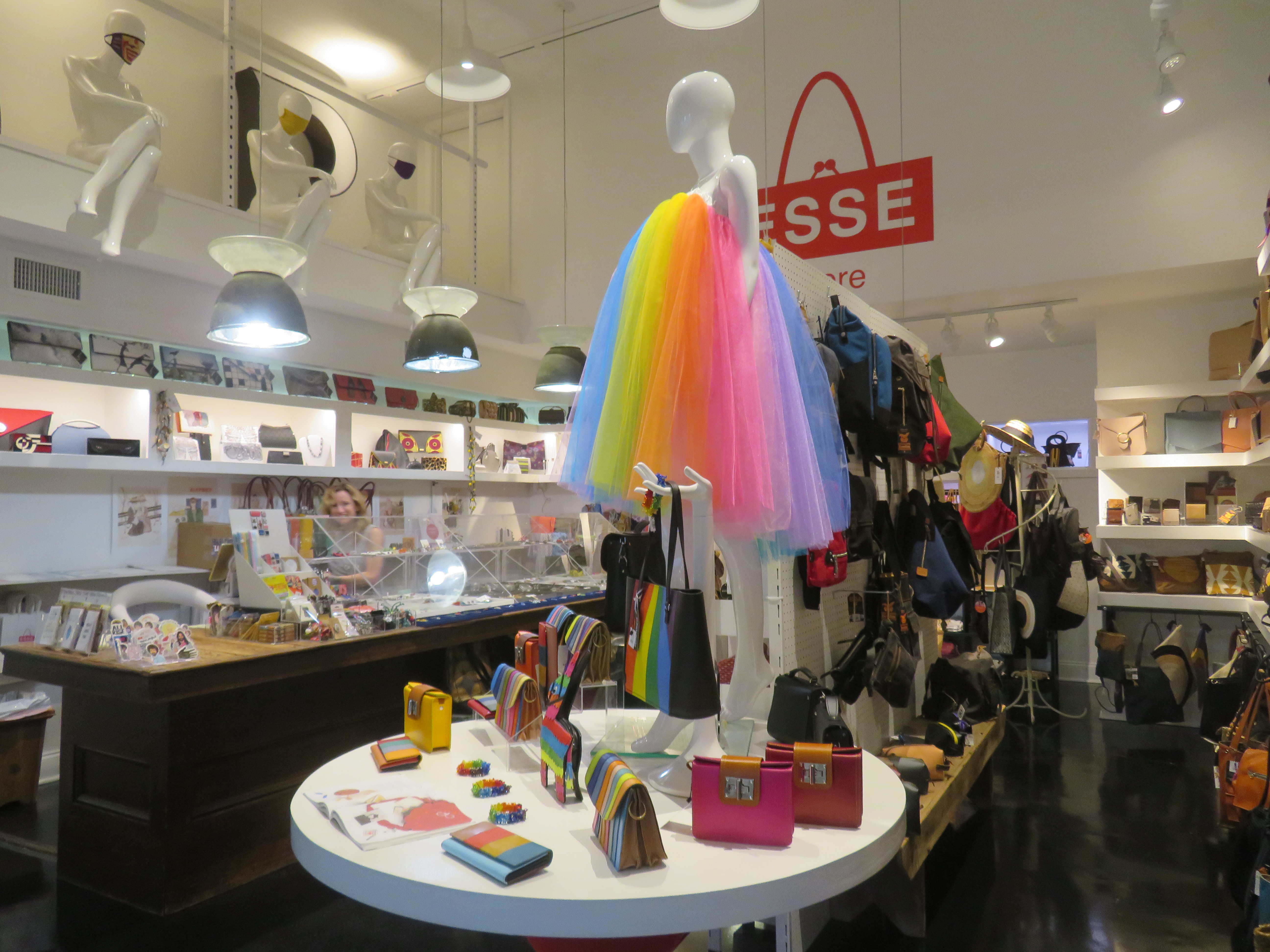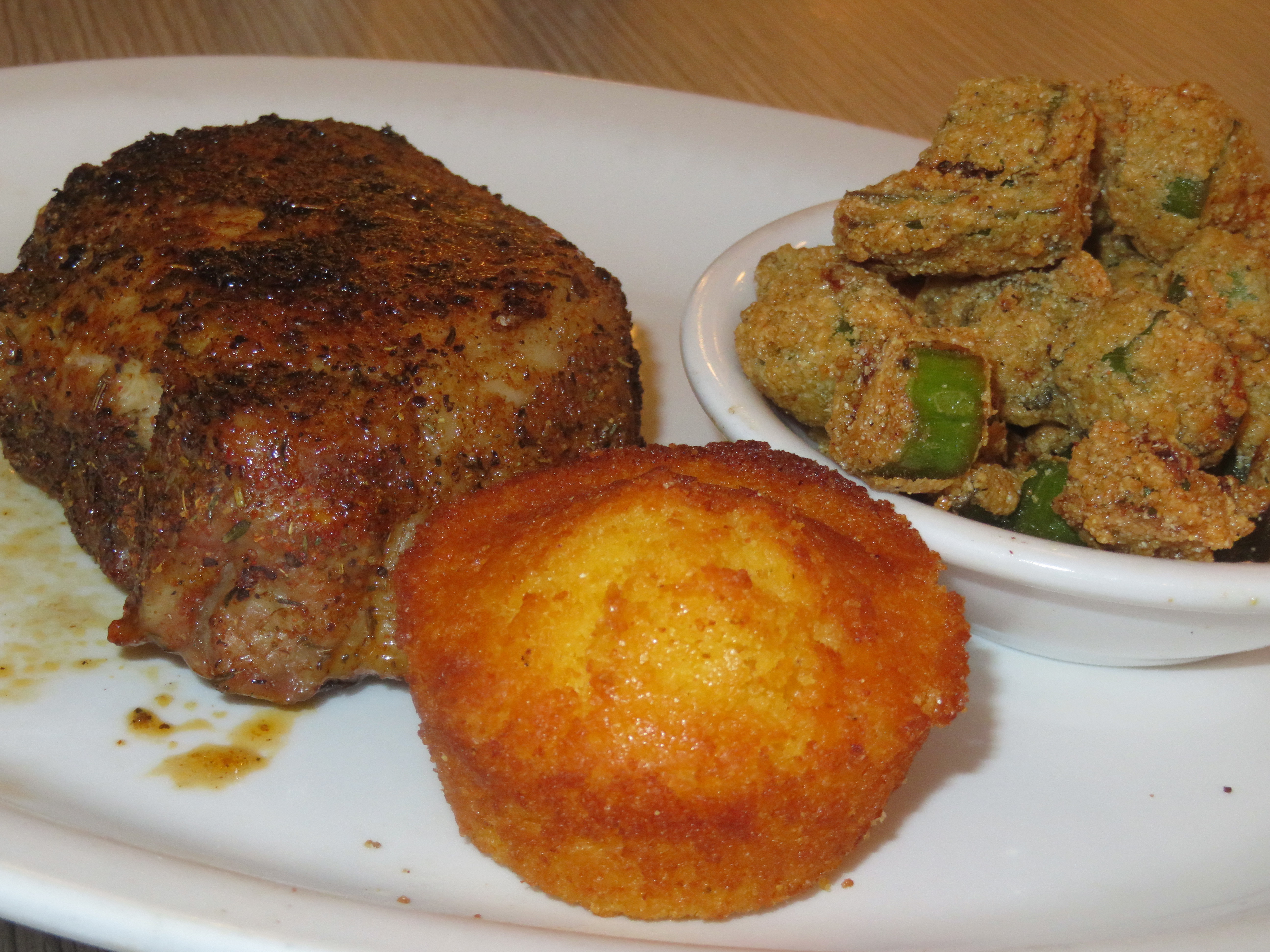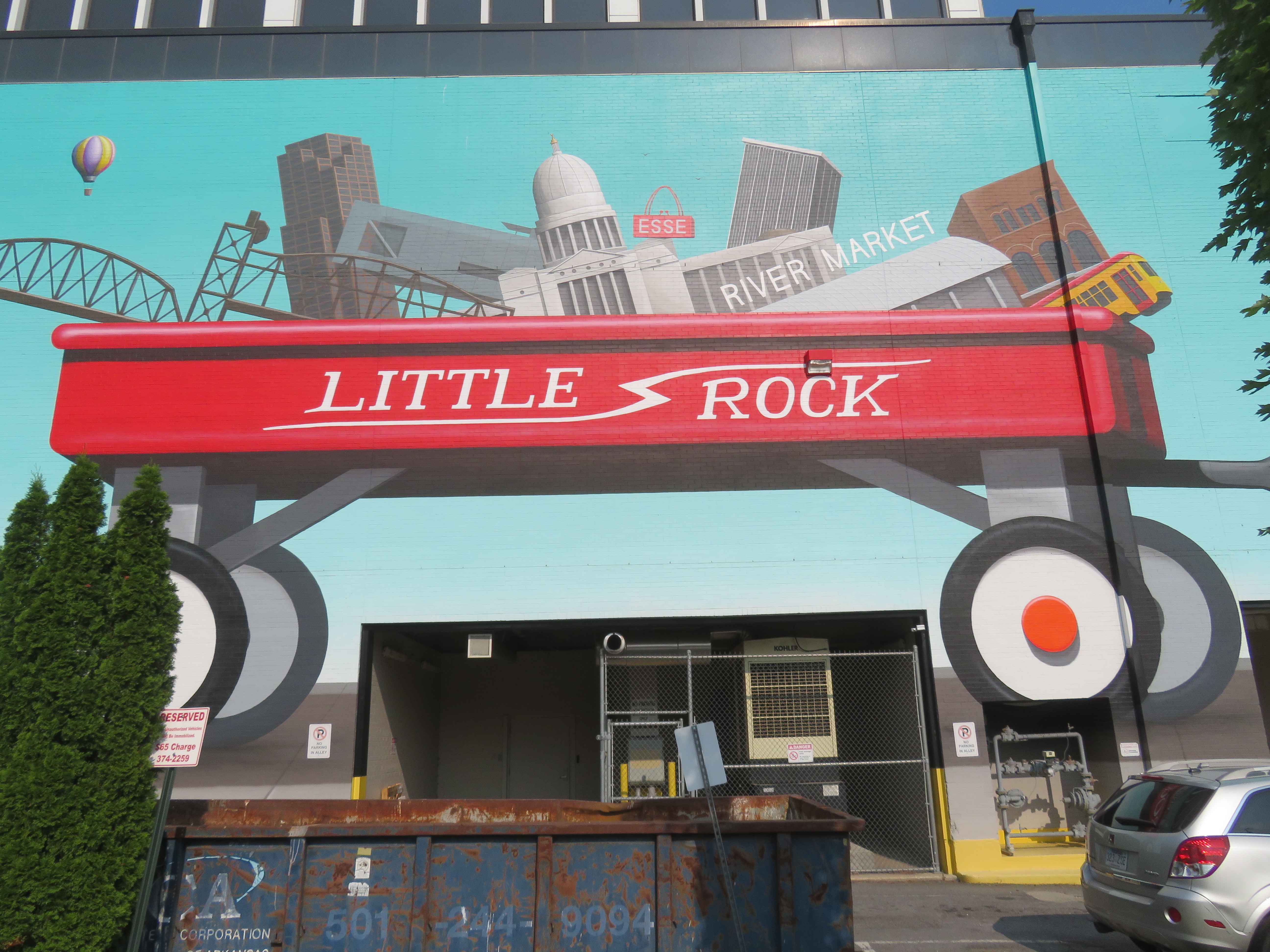Little Rock, Arkansas
United States
As we descended into Little Rock, Arkansas, the motion of the car slowed, allowing me to take in the view. The conversation became a muffled noise as I wondered if the few tall buildings represented the downtown area. To me, it’s scant look made it unbelievable that this was the state’s capital city.
Unfortunately, I had already fallen prey to judging this destination prior to actually exploring it. My Uber driver did not improve the situation, as on my actual entry into the city, our conversation focused only on her life-long residency and looking for places east to take her children elsewhere for a better life and more opportunities.
That less-than-resounding introduction lingered. It took days before I found something that resonated with me. The constant mentions of the Clintons throughout the River Market District between the Arkansas River and Little Rock showed they were still local celebrities with their names on street signs, destinations, and postcards—none of which instilled any type of enthusiasm, just curiosity as to what exactly did President Clinton do to instill so much local pride? As a resident told me, “Well, he was our governor, and the most famous person from here.”

The reminders of the state of Arkansas’s history did not help matters. Being black, I felt a level of shock that turned to shame and disappointment of the country’s past after I saw a plaque that mentioned the start of the “Indian Removal” to Civil War “Heroes, and Asians interned during the Second World War.
Then there were the statues around the Capital that honored Confederate soldiers and their women. As families got out of their vehicles to take pictures of the plaques, their sunny smiles and excitement were equal to going to the adjoining park that featured the heroes of Central High School. Yet as my initial few days languished, I found something that attracted me to the city.
SOMA
South of Main (SOMA) has boundaries from the12th through 29th streets along Main Street. This is the bohemia of Little Rock. It’s first feature is interactive street art and sculptures, followed by family-owned bakeries and quirky eateries with young workers playing whichever tunes appealed to them and the unique seating arrangements and design that highlighted each location.
For those looking for something more upscale, they can find that as well with low lighting and bars stocked with various local and national brands vying for attention and servers ready to highlight their product knowledge while conversing with other staff they met at other restaurants and bars.
The highlight of the area has to be Esse, which is a museum that highlights the role of purses over the past few decades as a sort of cause and effect of the major themes for each time period. From the cost effectiveness of the 1930s to the funkiness of the 1960s, each decade highlights the purses’ role in American history and women’s fashions.

Obviously standing out because of my gender, the staff were elated to answer my questions due to my perspective and asked for my thoughts about this experience. “It was the ability to adapt which was the most interesting aspect”. Each decade is familiar to most Americans but not the meaning behind the fashions. The information brought that overlooked nugget to light.
Architecture of the Quapaw Quarter
The Quapaw Quarter is named after the Indigenous nation that once lived in the region and parts of the surrounding states. The Quarter is actually two parts separated by Main Street.
Veer off of SOMA and you’ll run into the Governor’s home. Stroll down 18th Avenue and you will come across a number of well-preserved late-19th century to early 20th-century homes that form the Governor’s Mansion Historic District. A collection of Queen Anne and Colonial Revival have been preserved for personal use.

MacArthur Park forms the other half of the area with homes dating back to before the Civil War. Its centerpiece is the MacArthur Museum of Arkansas, which is the birthplace of General MacArthur. While inside, I felt as though my presence made the few other patrons uncomfortable—not the staff but the other visitors found roaming the halls adorned with Civil War “heroes” and with vehicles and images of the final days of World War II.
It took me time to fully absorb every detail, image, and word. When I finally made my way to the end, I quietly walked down the stairs, thanked the person at the front desk, and walked outside finally exhaling and needing a drink.
Little Rock High
Throughout my time at Little Rock Central High National Park, all I could do was either sit or stand while listening to every word that the ranger guide said. It was all very familiar to me as it should be familiar to everyone even remotely knowledgeable about the Civil Rights era and the Brown v. Board of Education verdict. Each life of the Little Rock Nine (1957), actually 10, was told to us prior to the first day of class on September 4, 1957.
Yet, as always, being in the actual space makes it more impactful. I had to see more. North Little Rock High had been approved for black students and focused on homemaking or menial jobs that had no hope of helping them progress into well-paying careers.
The neighborhood slowly transitioned to homes with wide-open yards to smaller homes with property damage with closed businesses dotting the area.
After I finally made it onto the campus grounds, a gentlemen asked if I had attended school there. I stated “no” as he revealed that he was a graduate in the 1960s and proud of the education he received. Then he walked off. Satisfied with a more complete view of the area, I sauntered off back Downtown.

Craft Beers and Where Singing Fish Go to Retire
Last on my list were the local beers that I tried. Starting on Clinton Ave in the River Market District, I snaked my way throughout the city both day and night trying as many local brands and variations as possible.
Each neighborhood had its own main or microbrew with people willing to yuck it up with a stranger. The alcohol brought out a lighter side to everyone involved and put me in the mood to purchase a shirt at the Lost Forty Brewery to celebrate the occasion and wrapping up my time in Little Rock with satisfaction.
Yet it was my final stop that ended my visit with a bang.
Farfell Hall was my favorite surprise: a German beer hall that was German in name and food only. Everything else was a mix of soul, indie, and a fun staff that showed me yet another facet of the city.

What I expected from Little Rock was a steady steam of racism or uncomfortable moments, but hearing people’s stories of living in Little Rock and wanting it to change to reflect their generation made me curious to learn what would become of the city over time and hopeful that when I returned it would be a different Little Rock, one that was less about Clintons and more about its potential to be more inviting and offering something for all visitors.
Fin.







